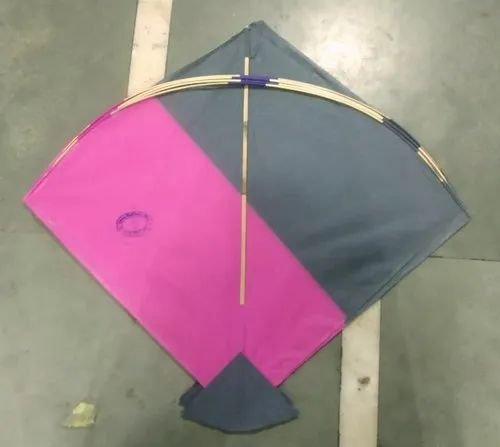

The Timeless Joy of Flying Kites
Kites have fascinated people for centuries, captivating imaginations and bringing joy to both young and old. Whether it’s the sight of a colorful diamond-shaped kite soaring high against a blue sky or the thrill of steering a high-performance stunt kite, the experience of kite flying is something special.
A Brief History of Kites
The origins of kites trace back thousands of years to ancient China, where they were initially used for military purposes, such as sending signals or measuring distances. Over time, kites evolved into recreational objects and spread across the globe, becoming a beloved pastime in many cultures.
In India, the festival of Makar Sankranti sees the sky filled with kites of all shapes and sizes, while in Japan, the Hamamatsu Festival is renowned for its massive kites. Each of these traditions reflects the cultural significance of kites and their role in bringing communities together.
The Science Behind Kites
Kite flying is not just about fun; it’s also a fascinating study in physics. A kite flies due to the interaction of forces: lift, drag, and gravity. The shape of the kite, the angle at which it is flown, and the wind conditions all play a part in keeping it airborne. This makes kite flying not just a recreational activity, but also an educational one, especially for children learning about basic aerodynamics.
Types of Kites
There are various types of kites, each with its unique design and purpose:
- Single-line kites: These are the most common and easiest to fly, making them perfect for beginners. They come in various shapes, such as diamonds, deltas, and parafoils.
- Stunt kites: Also known as sport kites, these require more skill to fly as they are designed for tricks and acrobatics. They typically have two or more lines, allowing for greater control.
- Box kites: With a three-dimensional structure, box kites are stable and can fly in higher wind conditions.
- Fighter kites: Popular in countries like India and Afghanistan, these small, maneuverable kites are used in kite battles where the goal is to cut the string of your opponent’s kite.
The Therapeutic Effect of Kite Flying
In today’s fast-paced world, the simple act of flying a kite can be incredibly therapeutic. It offers a moment of calm and connection with nature. Watching a kite dance in the wind can be meditative, helping to reduce stress and promote mindfulness. Plus, it’s a fantastic way to spend quality time outdoors with family and friends.
Kite Festivals Around the World
Kite festivals are celebrated globally, with each region adding its own unique flair. The International Kite Festival in Gujarat, India, is one of the largest, attracting kite enthusiasts from all over the world. In the United States, the Washington State International Kite Festival is a week-long celebration of everything kite-related, featuring competitions, workshops, and spectacular displays.
Conclusion
Kite flying is more than just a hobby; it’s a tradition, a science, and a form of art. Whether you're revisiting a childhood pastime or trying it for the first time, the simple joy of watching a kite soar is something everyone can appreciate. So, next time you have a free afternoon and a steady breeze, grab a kite and rediscover the timeless joy of kite flying.
This post should appeal to a broad audience on Steemit, offering a mix of history, science, and the simple pleasure of kite flying. Feel free to customize it to your voice or add personal experiences!
"🌞 Ah, the joy of kite flying! 🎈 I completely agree that it's a timeless tradition that brings people together across cultures and generations. The science behind it is fascinating too - who knew kite flying could be so educational? 😄 What's your favorite type of kite to fly? Do you have a favorite memory of watching kites soar in the sky? I'd love to hear about it! 💬"
I also gave you a 3.69% upvote for the delegations you have made to us. Increase your delegations to get more valuable upvotes. Cheers! 🎉
Help Us Secure the Blockchain for You
Your vote matters! Support strong governance and secure operations by voting for our witnesses:
Get Involved
Downvoting a post can decrease pending rewards and make it less visible. Common reasons:
Submit